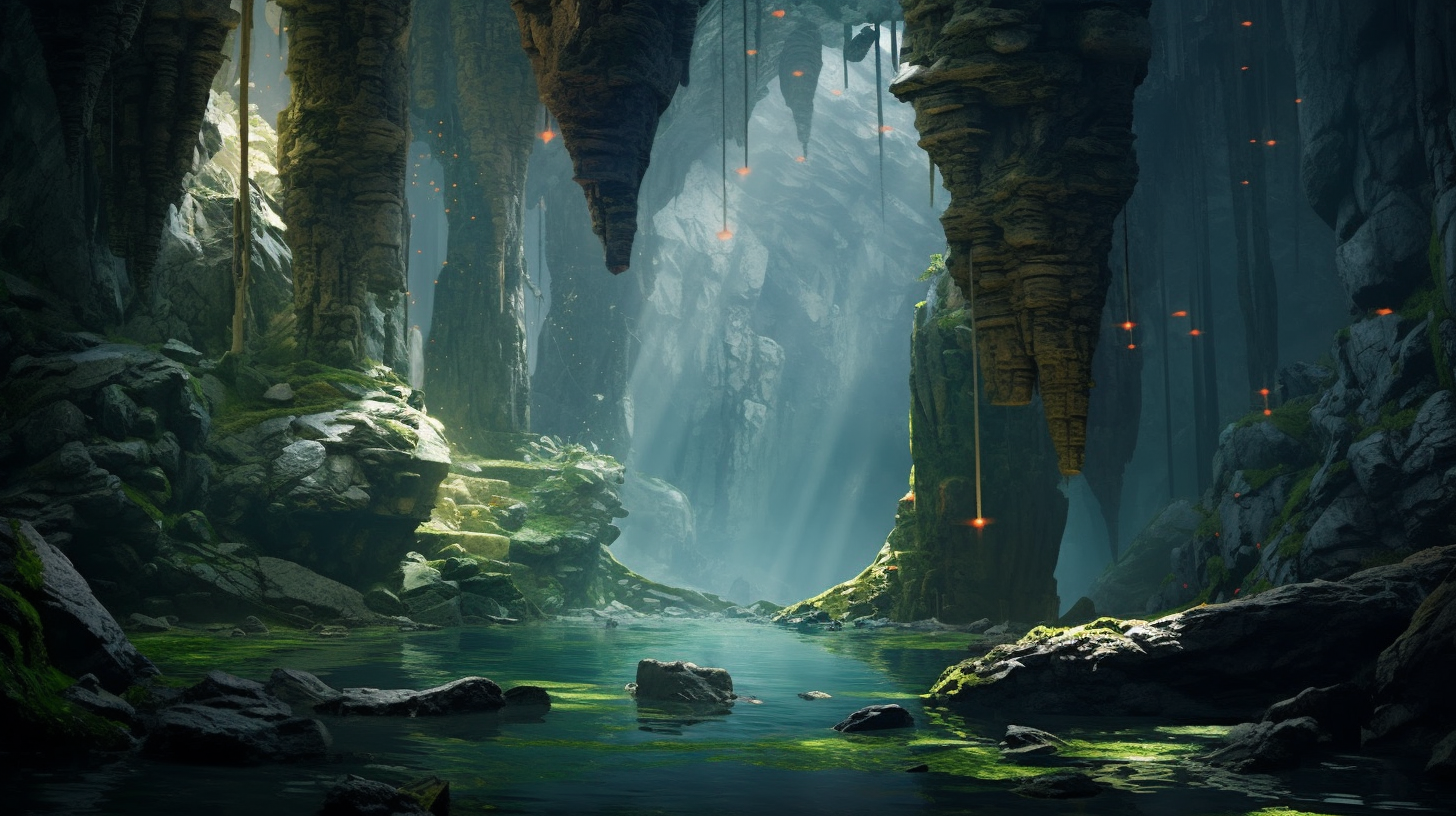Bloodseeker
Scourges of swamps and damp, abandoned places, bloodseekers are ravenous blood drinkers. Farmers curse the creatures for sucking their livestock dry. It is from such beleaguered people that the bloodseeker's regional name “stirge,” possibly a corruption of the word “scourge,” comes. Folk wisdom holds that the appearance of bloodseekers in a region signals a healthy herd of livestock, but more often it means bogs or old buildings that haven't been properly tended to. Certainly, no amount of folksy parable can assuage a farmer driven to destitution by a bloodseeker infestation. But despite their role as parasites, bloodseekers aren't hated by all villages. In some cases, the inhabitants of remote backwoods thorps even keep the things as pets or use them as doubtful medicinal “tools” to drain away unwanted humors or test for evil spirits possessing the blood. Worshippers of gods of pestilence and parasites often view bloodseekers as sacred to their faith and allow the creatures to feed freely from their bodies. In such societies, those who accidentally give too much are considered to have been “blessed” by the village's hungry god.
Bloodseekers seem to be constantly hungry, but they are not inherently malevolent. They can be scared away fairly easily and prefer to swiftly retreat rather than risk death. Some adventurers report that these creatures can be scared away by waving torches at the flying pests. However, bloodseekers are much bolder when encountered in larger numbers, as bringing down one victim lets an entire colony feed. Bloodseeker colonies are called clots, for obvious and disgusting reasons. If a lone bloodseeker finds a likely victim while its clot is nearby, it emits a high-pitched, keening noise to summon reinforcements.
Most humanoids avoid bloodseekers, but boggards sometimes cultivate bloodseeker nests around the perimeter of their territory. These colonies serve as a deterrent to intruders, and the boggards sometimes check for bloodseeker prey, collecting the hides or bodies of animals killed by the pests. Meals prepared from slain bloodseekers that have gorged on the blood of specific creatures are a staple among certain Boggard communities. The boggards not only eat the actual bloodseekers, but they also make a gelled slurry from the drained blood.
Basic Information
Anatomy
A bloodseeker resembles a foot-long, reddish-brown creature with yellow underbelly, four bat-like wings, insectoid legs, and a large, needle-like proboscis that can drain the blood from a living host. When sated, it becomes bloated and pink, and its flight becomes hindered.
Ecology and Habitats
Bloodseekers nest in wetlands, near stagnant pools, and in abandoned buildings. A bloodseeker nest is typically a foot-wide mass of mud and twigs, and the creatures rarely hunt far from their nesting area.
Bloodseekers feed exclusively on blood and are especially drawn to large animals, such as livestock. While solitary bloodseekers are timid beings and will flee from attackers, they are social creatures and often live in large groups referred to as clots. Bloodseekers in a clot are often much bolder than solitary ones, and if a solitary bloodseeker finds a potential meal it will emit a high-pitched keening to attract the rest of the group.
Additional Information
Domestication
Bloodseekers are often reviled by farming communities due to the damage their predations cause to livestock, although a folk aphorism says that the presence of bloodseekers is a sign of a healthy herd. However, some isolated settlements keep captive bloodseekers as pets and for dubious medical practices, such as drawing away bad humors or testing blood for poisoning. Worshippers of gods of disease and parasites often view bloodseekers as sacred creatures and freely allow them to drink their blood.
Some boggard tribes cultivate bloodseeker nests around the edges of their territories. In addition to using them as a deterrent against intruders, boggards also harvest the pelts and bones of animals killed by the bloodseekers and consume the bloodbugs themselves, which are eaten after being fed the blood of specific creatures and drained of their last meal to make an additional jellied dish.


